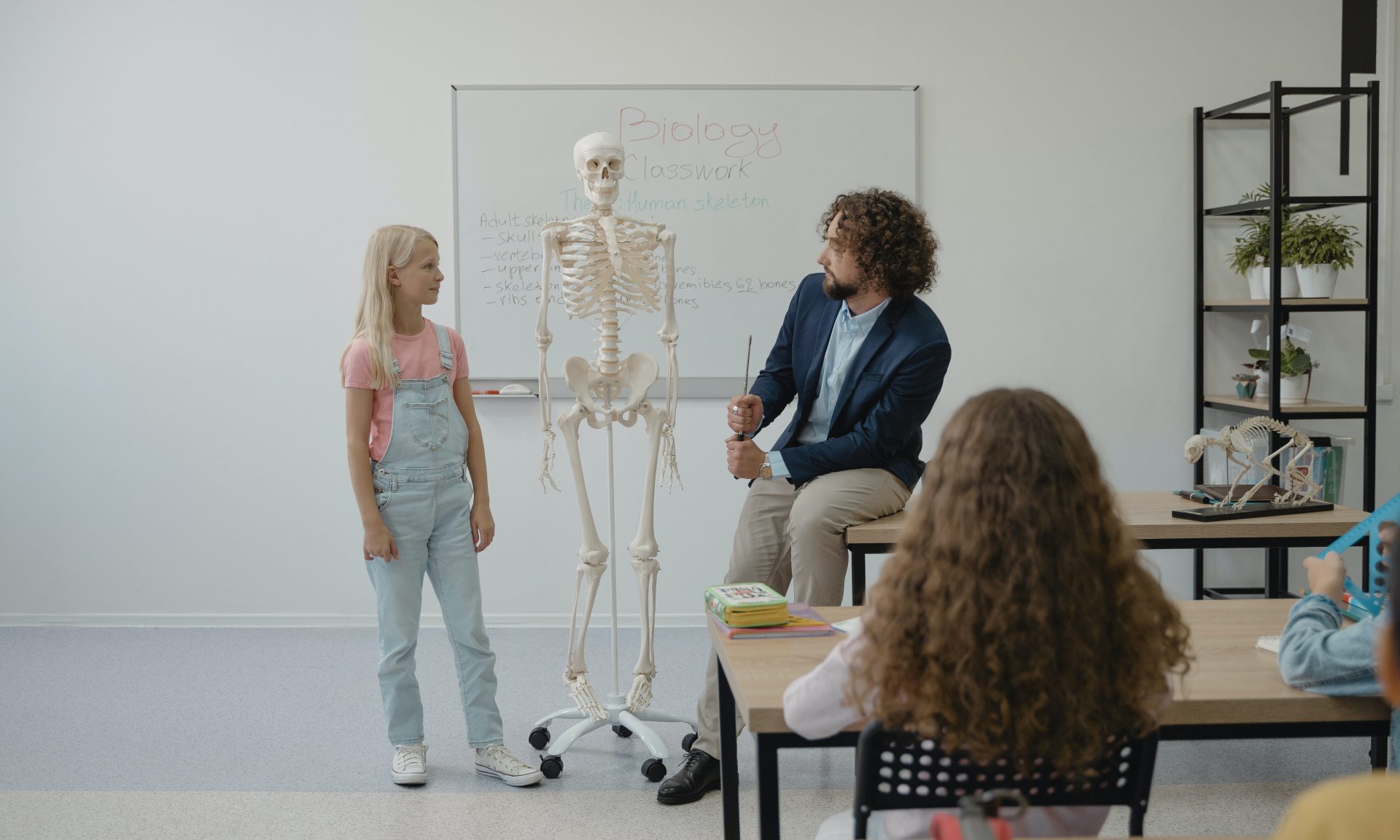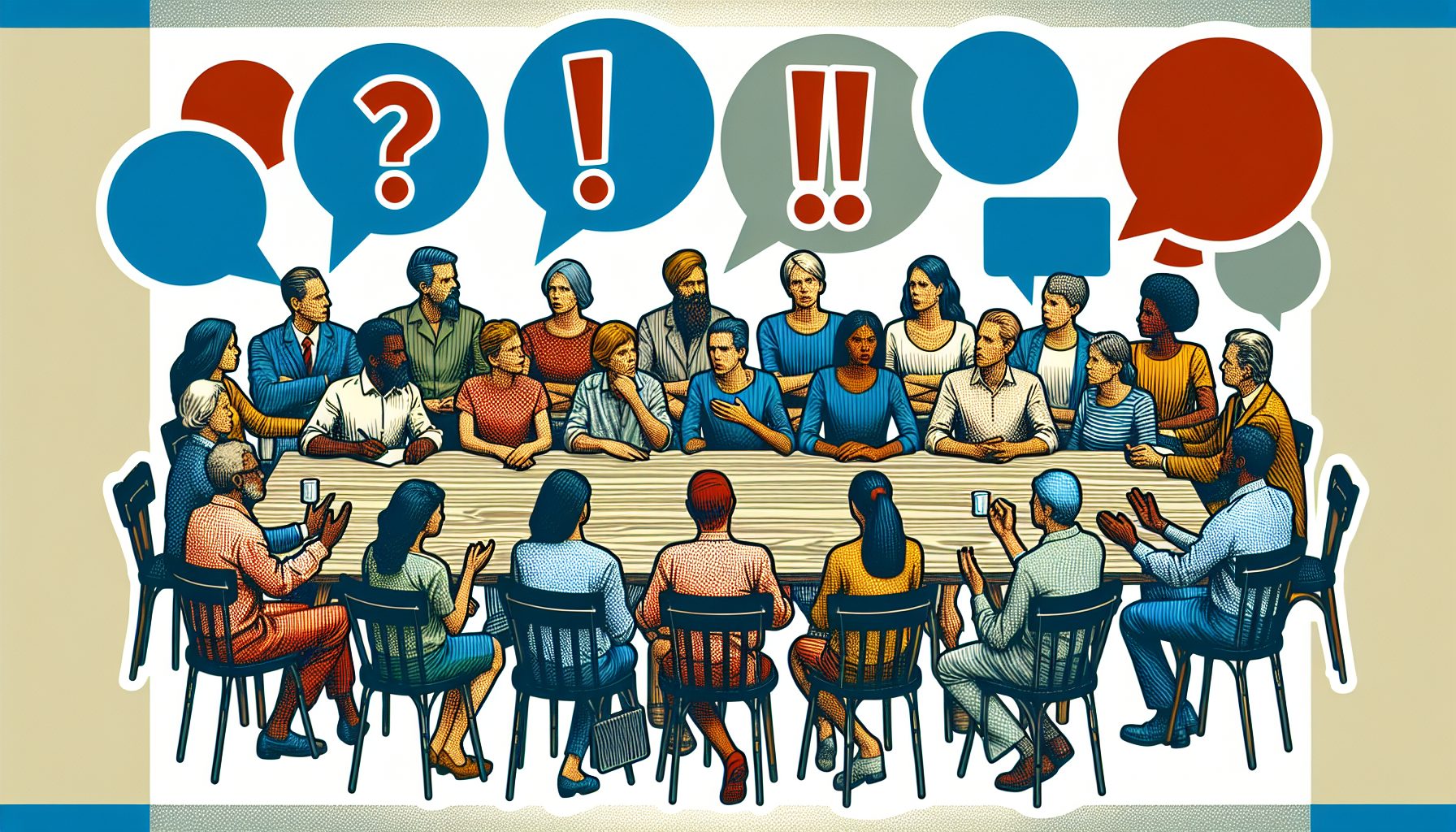It’s not easy to teach about Russia’s invasion of Ukraine. The war is terrible. In addition, it is difficult to comprehend. This can be a challenge for those teaching today. Furthermore, many educators are unfamiliar with the conflict’s complicated geopolitical, historical context.
Nonetheless, teaching today about the Ukraine conflict is worthwhile for several reasons. Students are capable of much more complex thinking than public discourse normally gives them credit for. Therefore, students, with participation from one another and help from teachers and parents, can think profoundly about important and sometimes frightening events in the world.
Here are some tips on how to effectively teach today about the Russia-Ukraine war.
Approach teaching the Ukraine conflict like a student, not an expert.
To properly teach about Russia’s invasion of Ukraine, you don’t need to be an expert. Instead, think of yourself as a student. Transparently and as a form of modeling, use your experience as a student. Send the message to kids that part of being a citizen, and part of being a learner, is maintaining an ongoing interest and acknowledging your own knowledge’s limitations. That, in and of itself, is a wonderful lesson.
With this mindset, your aim as a teacher is to lead pupils as they learn more about the issue rather than to transmit knowledge.
Teach using Ukrainian and Russian primary sources.
Using primary materials is a smart method to engage kids. In addition, it helps to teach them about the Russian invasion of Ukraine. Using primary sources does not necessitate a great deal of background knowledge on the side of the educator.
You can lead a discussion and ask your students to think about things merely by looking at those primary materials coming out of this struggle. The same thing can be done with images.
A photograph of a tent city of Ukrainian immigrants in Moldova, for example, was stunning. Students can discuss the images’ potential ramifications. Therefore, ask pupils to consider what the picture is trying to convey. In addition, you can ask what the photographer’s motivation for taking it might have been. Furthermore, you can ask what it can tell us about the conflict.
Teachers can ask students how they think the United States be affected if vast tent communities spring up across Europe. Further, you can examine the competing narratives of Ukraine and Russia. Students can evaluate statements from Russian President Vladimir Putin. They can also study statements made by Ukraine President Volodymyr Zelensky as they discuss the war in Ukraine.
As a teacher, you can help pupils in realize that there is a narrative fight going on. In addition, they should also be taught to be wary of both sides’ claims. Political leaders can lie. As a result, students should be wary of what both sides are presenting. This is an excellent example of how to teach skepticism. In addition, it can help them understand how to evaluate evidence. You can teach students what kind of proof is truly reliable and what is not.
Use analogy, but don’t simplify too much.
Comparing this incident to other events that may already be part of a history curriculum, can be an effective teaching tool. A teacher, for example, could urge students to compare and contrast the current invasion of Ukraine with the German invasion of Poland in 1939.
On the surface, there are some parallels. These are both European land wars. At the same time, there are certain differences on a face-to-face level. It’s 2022, we’ve just been through a pandemic, and this is Russia, not Germany. Putin isn’t a Nazi in the literal sense. In addition, we don’t have any Polish troops on horseback.
This method can help students learn more about both events. If you look at the similarity between 1939 and 2022, you’ll learn a lot about both 1939 and today.
However, he warns that while teaching younger kids, educators may employ overly simple analogies. One of the things teachers can sometimes do wrong is pulling in a simple analogy from a child’s life. They might ask how the child would feel if their father took away their allowance. That isn’t really a good comparison for economic sanctions.
When teaching about Ukraine, don’t demonize the Russian people.
Educators should create a distinction between the Russian leadership and the common population when teaching about the war in Ukraine. It’s true that the West is definitely siding with Ukraine. However, over time, this is likely to make the anti-Russian feelings worse. Therefore, some may begin to regard Russians as guilty or bad. Therefore, educators should be aware of the importance of distinguishing between the Russian government’s and the Russian people’s behaviors.
Instead, teachers can emphasize the ways in which the situation in Ukraine will hurt Russian citizens. They’ll start to suffer genuine consequences as a result of the sanctions. As a result, instructors should be wary of enabling students to condemn Russians when discussing the conflict.
Image Credit: Tima Miroshnichenko; Pexels; Thank you!









